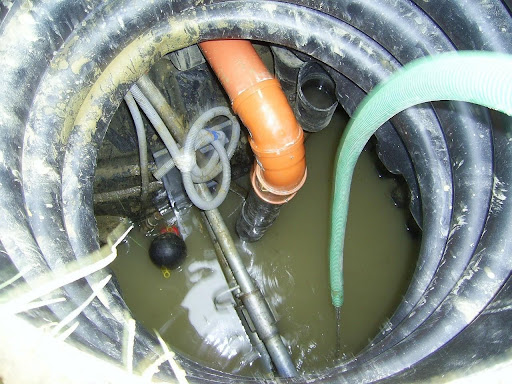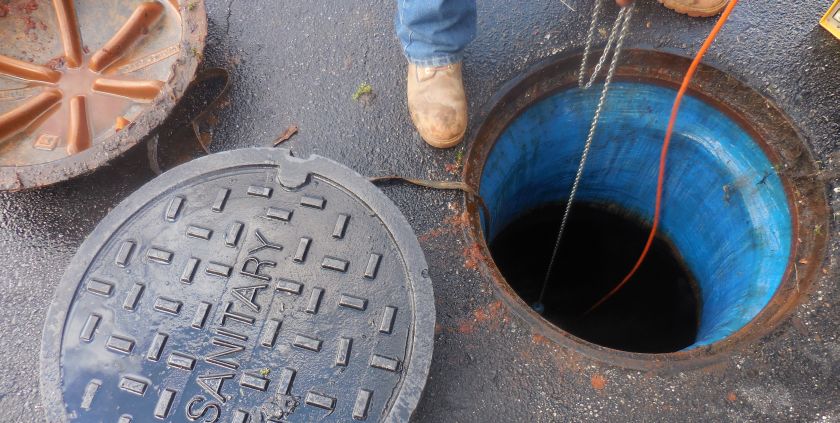In this article down the page yow will discover more quality information regarding What I learned from trying to deal with a clogged drain.

Intro
Taking care of a blocked drain can be an irritating experience, interfering with everyday tasks and possibly triggering damage to your residential or commercial property. However, before reaching out to pipes specialists, there are steps you can take to attend to the concern yourself. In this guide, we'll explore DIY solutions and safety nets to deal with an obstructed drain successfully.
Identifying the Issue
The initial step in dealing with an obstructed drain is identifying the indications. Sluggish drainage, gurgling noises, foul odors rising from drains, or water support up are common indicators of an obstructed drainpipe. Determining these indications early can aid prevent even more issues.
Picking the Right Plumbing Service
When choosing a plumbing solution, take into consideration variables such as experience, licensing, and customer reviews. Choose a respectable plumber with a record of quality handiwork and transparent pricing methods.
Price Considerations
The price of expert drain cleaning services can vary depending on the severity of the obstruction and the plumbing's rates. Request quotes from several companies and inquire about any type of added fees to make sure transparency and stay clear of surprises.
Safety and security Precautions
When attempting do it yourself drain cleansing, focus on security. Put on protective gloves and glasses to avoid contact with dangerous chemicals or bacteria. Never ever mix various drainpipe cleansing products, as this can produce harmful fumes.
Instance Researches
Real-life examples highlight the effectiveness of do it yourself options and the value of timely professional treatment in settling drainpipe blockages.
Usual Causes of Obstructed Drains
Understanding the variables that contribute to drain pipes obstructions is important for reliable resolution. Typical wrongdoers consist of hair, soap residue, oil, food debris, and foreign things like hygienic products or paper towels. Tree roots getting into below ground pipelines can likewise trigger substantial clogs.
DIY Solutions
For minor blockages, a number of DIY options can be efficient. Putting boiling thin down the drainpipe can aid liquify oil and particles. Sodium bicarbonate and vinegar or a mix of salt and baking soft drink can serve as all-natural cleansers. Utilizing a bettor or plumbing snake to dislodge blockages is one more option.
Devices and Devices
Having the right tools on hand can make do it yourself drainpipe cleaning extra efficient. A bettor is a functional device for clearing clogs in sinks, bathrooms, and showers. A pipes serpent or auger can get to much deeper clogs, while drainpipe cleaning chemicals can be made use of very carefully for stubborn clogs.
Safety nets
To prevent future blockages, embracing preventive measures is essential. Mount drain guards or filters to capture hair and debris prior to they enter the pipelines. Frequently flush drains pipes with hot water to liquify oil accumulation, and prevent disposing of grease or strong waste away.
When to Call a Specialist
While DIY services can solve small clogs, certain signs show the demand for specialist assistance. Persistent blockages, foul odors despite cleaning efforts, or several drains pipes supporting at the same time are red flags that call for skilled treatment.
Final thought
By complying with the suggestions described in this guide, you can effectively take on obstructed drains and avoid future pipes problems. Whether going with do it yourself options or seeking professional aid, punctual activity is crucial to preserving a healthy plumbing system and preserving the integrity of your home.
WHAT I LEARNED FROM TRYING TO DEAL WITH A CLOGGED DRAIN
We have had our share of seepages and other annoying things that are part of living, especially in an apartment complex. And if there’s one thing that’s terrifying for a homeowner—or even someone in a rented home—it is a clogged drain, indoors or outdoors.
We enjoy our living space, but it’s simply a fact of life that dead skin, soap and a host of other items go down the drain; eventually, the residue builds up and prevents anything from moving. Ugh.
Not Calling A Professional
Of course, it might seem simple to just whip the pipe off under the sink and see if you can unblock it. Unfortunately, what if the blockage isn’t there, or you don’t reconnect it properly? Worse, you might break a piece and have no drainage system. Can you imagine that scene? Yuck!
Not Watching Your Waste
This will sound d’uh, but the best tip I can give you for drain cleaning is to avoid clogging the drain in the first place! You can do this by monitoring what goes down the drain and catching the items which are most likely to give you a problem. Invariably hair, vegetable peels, and large wads of toilet paper are the most obvious culprits. Add a filter—these are available in hardware stores and can be removed and cleaned easily.
Poking The Drain
The first urge with a clogged drain is to poke at it with a stick or anything that resembles a stick. Sadly, this does not result in magically solving the issue. The mental image is, naturally, one of the stick just pushing through the offending item and all is well again. Reality is quite different and unpleasant and likely to lead to further problems.
The thing is, every drain has a series of bends that are not visible to us. Drains are built this way to prevent gases from entering the house. What happens when you poke a stick into the drain? Of course, it can’t bend around the corner. The more adventurous people will use force and end up wedging the stick or causing it to break off in the pipe—creating an even bigger issue. Worst thing? The stick will shift the block further down the pipe, creating the space for more to collect. Go ahead! Roll your eyes!
Using The Wrong Plunger
You know what they say: the right tool for the right job! Did you know there are different types of plungers besides the basic one we keep at home for an emergency? Yes, there are. For example, the toilet plunger has a bell-shaped bottom while the sink plunger is flat. This is an important difference and using the wrong plunger will be useless. There’s also a knack in using plungers—they must be placed in such a way that they create an airtight seal and then, moved slowly up and down—not as fast as we imagine.
https://vidyasury.com/2018/01/learned-trying-deal-clogged-drain.html

Do you appreciate reading up on ? Try leaving feedback down the page. We'd be pleased to see your thoughts about this write-up. In hopes to see you back again in the future. Enjoyed our write up? Please share it. Let other people find it. I praise you for being here. Kindly come visit our blog back soon.
Pricing